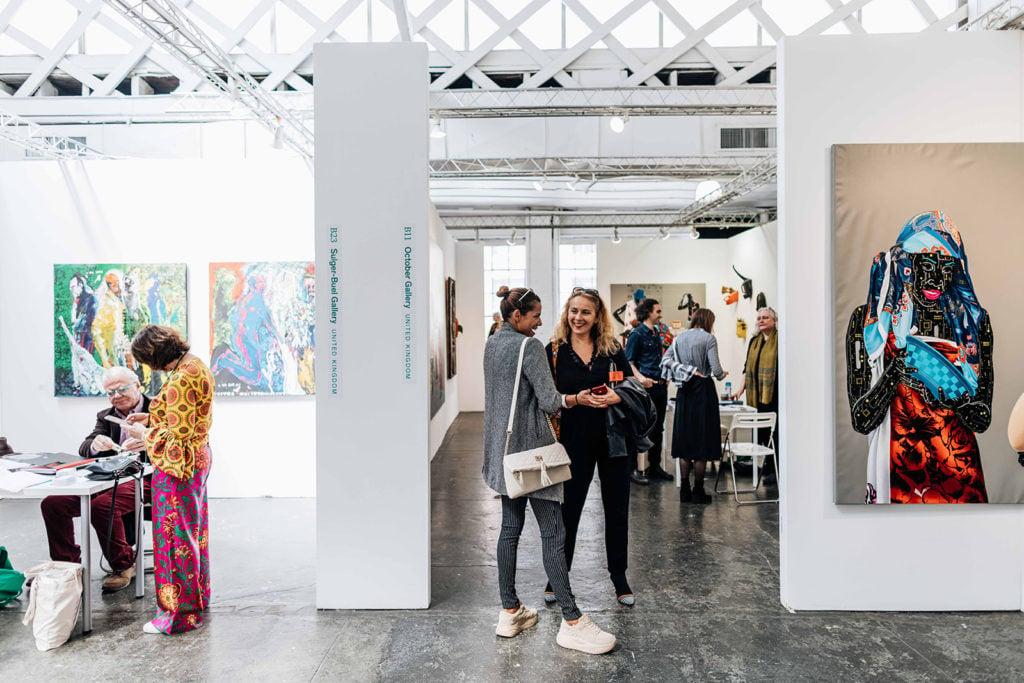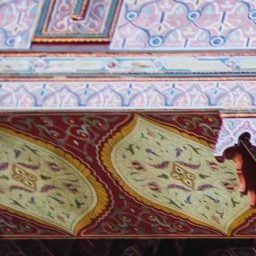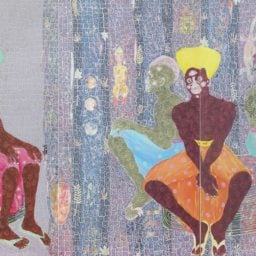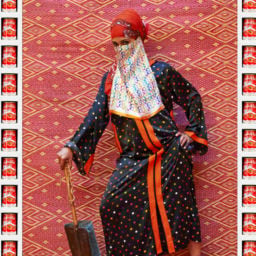The 1-54 Contemporary African Art Fair is back for its fifth edition in New York, but in a new home. The fair relocated this year to downtown Manhattan after spending its first four at Pioneer Works in Brooklyn. It now has a different look and feel—and less outdoor space—but the quality of the art and opportunity for discovery remain consistent.
“The move to the West Village greatly expands the opportunities for visitors to discover the very best contemporary African art in the heart of Manhattan,” 1-54’s founding director Touria El Glaoui tells artnet News, citing the new location’s proximity to the Whitney Museum. “African, African American, and African diaspora artists are receiving more recognition than ever, from museum retrospectives to prestigious accolades.” At the same time, she notes, 1-54 is growing, too—the fair has increased from 16 exhibitors in 2015 to 24 in 2019.
Here are a handful of standout projects to keep an eye out for at the fair, which opened to the public today.
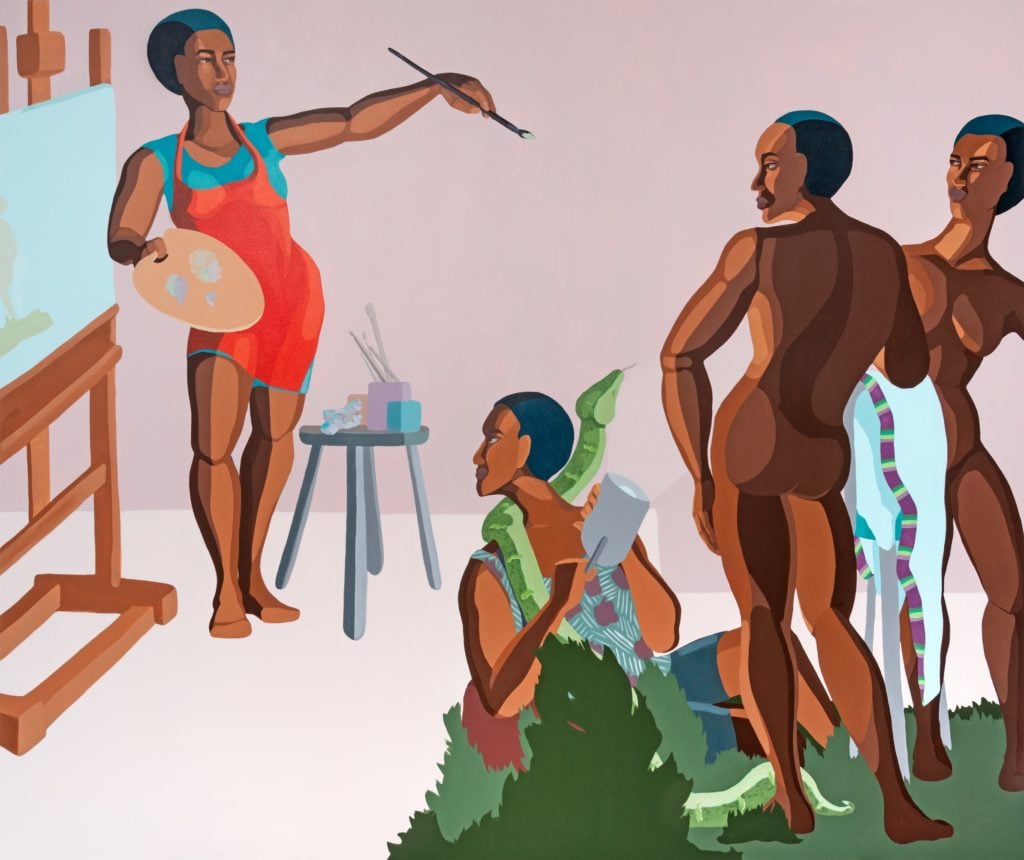
Nirit Takele, Studio Visit Adam & Eve (2019). Courtesy of Addis Fine Art.
Nirit Takele, a 34-year-old painter, was born in Ethiopia, but relocated with her family to Israel during Operation Solomon in 1991. She revisited her home country for the first time in 27 years for a residency last year. The experience had a significant impact on her work.
“It was… wow,” Takele says. “The culture there is so colorful. Before the residency, I was using more blues and pastel colors. Since, I’ve used red, green, yellow—just like the Ethiopian flag.”
Indeed, the color is likely the first thing you’ll notice about Takele’s graphic, pop-esque paintings on view at Addis Fine Art’s booth. See, for instance, her standout work from this year, Studio Visit Adam & Eve. In it, Takele recreates the classic creation myth in a pale pink artist’s studio. A female painter with a bright red apron directs the lush scene, god-like. All four characters in the composition—the artist, her assistant, and the first man and woman—are people of color, a noted departure from the way this tale is often told.
The works, priced from $5,000 to $12,000, sold out during the VIP preview; the gallery says they have been adding names to her wait list all day today.
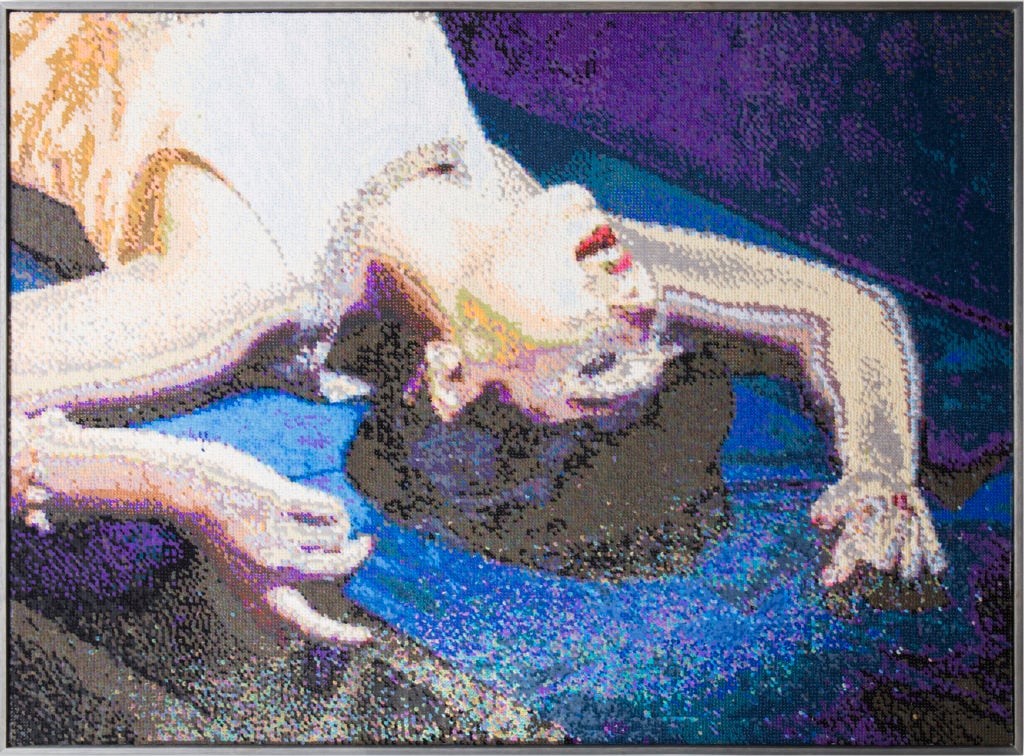
Frances Goodman, The Drama (2018). Courtesy of Richard Taittinger Gallery.
2018
South African artist Frances Goodman employs mass-market objects of the beauty industry— fake eyelashes, sequins, etc.—to create lush sculptures and wall reliefs that both celebrate femininity and question the ways in which it’s exploited for commercial ends. Her “Hooded Lady” series of curling, wall-mounted sculptures, on view at Taittinger’s booth and priced at $13,000 each, recalls both Georgia O’Keeffe’s sensual flowers and Lynda Benglis’s latex sculptures. Look up close and you’ll see that each is made from thousands of cheap, shiny acrylic nails. On the wall opposite are two “sequin paintings” that depict cinematic scenes of women in deep thought. Each is constructed by a team of four female assistants and takes over four months to make. They are priced at $24,000.
“It’s about community,” says Taittinger, who has been working with the artist for four years now. “She has a universal message that speaks to women around the world.”
Goodman, 45, has had solo shows at SMAC and Goodman galleries in Johannesburg, Gallery Specta in Copenhagen, and TM Projects in Geneva, among others. Her work is included in the collections of the Zeitz Museum of Contemporary Art Africa in Cape Town and the National Museum of African Art at the Smithsonian in Washington, DC. A selection of the artist’s new and old sculptures are included in “Delicate Industry,” on view now through June 30 at Taittinger’s Lower East Side space.
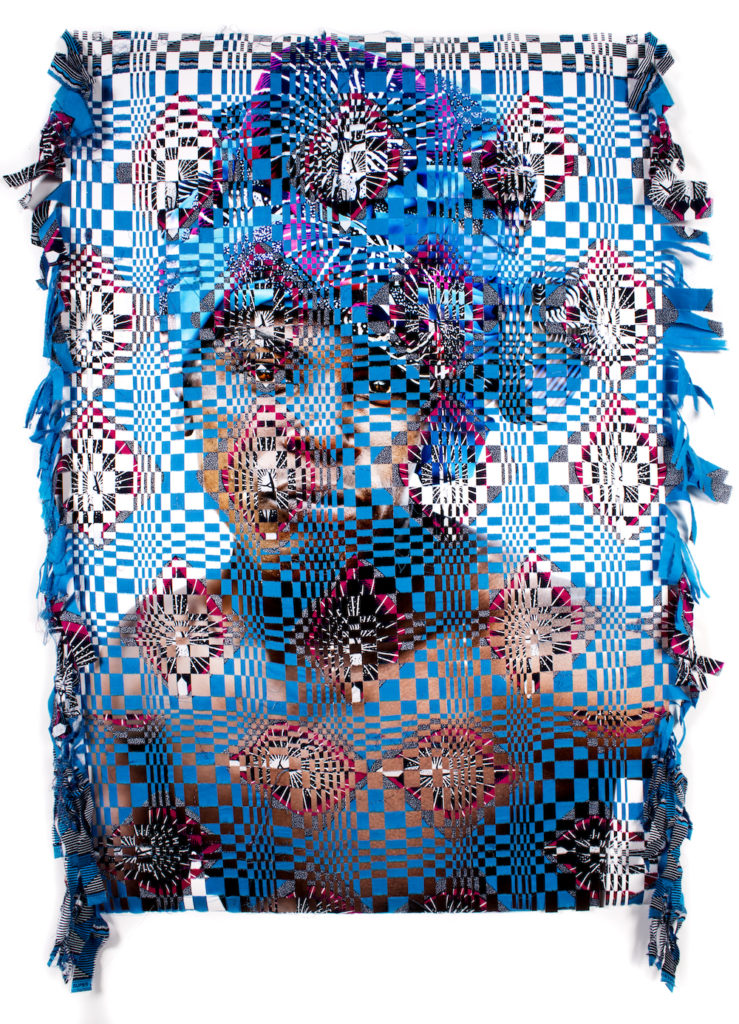
Kyle Meyer, Unidentified 164 (2019). ©Kyle Meyer. Courtesy of Yossi Milo Gallery, New York.
For his newest series “Interwoven,” Meyer photographed several unidentified gay men in Swaziland—a small African country where homosexuality is banned and HIV runs at one of the highest rates per capita in the world. He dressed them in elaborate head wraps constructed from locally-made fabric picked by the sitters themselves, then interlaced that same fabric with large-scale photographic prints using traditional African basket- and rug-weaving techniques. The resulting compositions, equal parts photograph and textile, marry form and content to close the intimate feedback loop between artist and subject.
“The fabric is both very revealing of an aspect of these men, and also, in the end, a screen concealing their identities,” says Alissa Schoenfeld, a director at Yossi Milo. Stepping closer, she points out that in each portrait, you can see Meyer’s own reflection, camera in hand, in the eyes of his subjects. “That’s part of the concept,” she says. “It’s not just ‘I see you.’ It’s ‘we see each other.’”
Meyer’s “Interwoven” works range from $14,000 to $35,000.
The 2019 edition of 1-54 Contemporary African Art Fair is on view through May 5 at Industria, 775 Washington Street. Tickets are $20 online and at the door.
